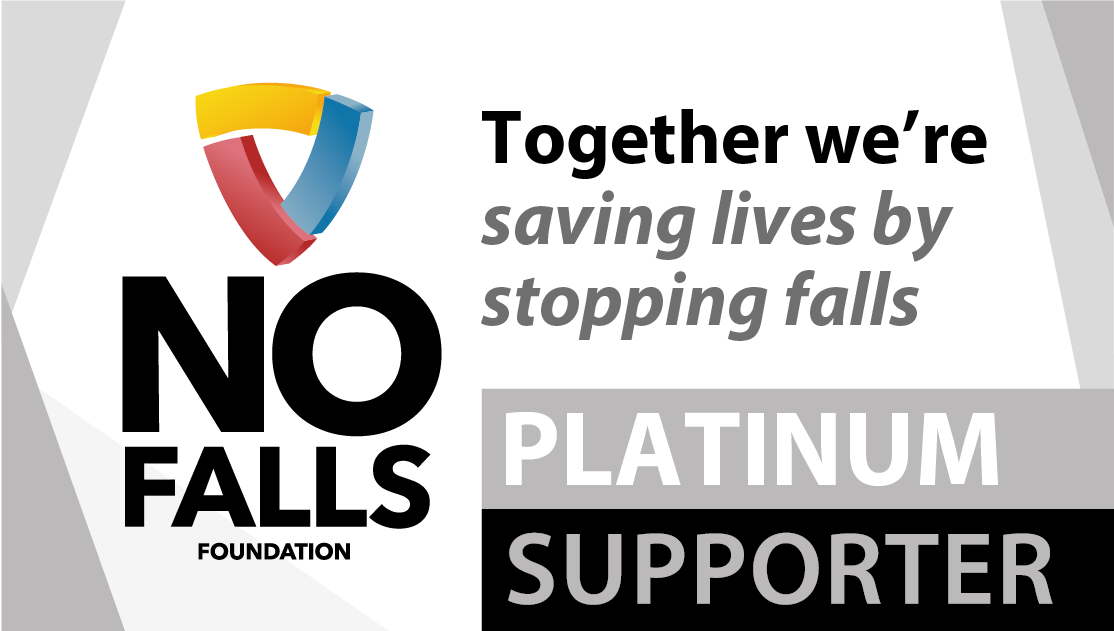Badly-planned tower topples on high street

26/03/2024 – A driver’s dashcam footage captured the moment a mobile access tower (with a ladder on top) toppled into the road outside a takeaway in Buckingham town centre on 6 March 2024, taking two workers crashing down with it.
A video shared by the BBC shows two men working on the tower. One is carrying out a task near the gutter on the building and another is stood on the platform. The tower isn’t tall enough to reach the work area, so a ladder has been put on top to gain extra height.
As the driver approaches, the whole structure topples over and the men fall into the road, narrowly missing being hit by a car that swerves to avoid them. Meanwhile, a third worker on the ground is powerless to stop the incident unfolding. It’s a shocking moment that has been widely circulated online.
PASMA’s response
The first thing we want to say is how relieved we were to see both men get to their feet at the end of the video. They were incredibly lucky and this could so easily have ended in two fatalities and a car accident. The second thing we’ll say is that good quality, EN 1004-1 certified towers don’t topple over when they’re built properly and used correctly. So how could this accident have been avoided? Let’s take a look at the main factors at play: 1. There were no stabilisers on the tower Stablisers (or outriggers) increase the base dimensions of a tower and make it more stable. Without stabilisers, or another method of stabilisation such as ballast or tying in, the tower is at risk of toppling over. This could be caused by many factors such as wind, poor ground conditions or, as is likely in this case, an excessive horizontal load being placed on the structure. 2. There was a ladder on top of the tower If the tower isn’t high enough, don’t use it. Certainly never put a ladder or anything else on top to gain extra height. Apart from creating the perfect conditions for a spectacular fall from height and the risk of overloading the tower, using a ladder exerts an extreme horizontal load on the structure that makes it unstable and likely to topple. 3. The work at height wasn’t planned properly If this work had been planned properly, the workers would have had suitable access equipment (such as a tower tall enough to reach the gutter), it would’ve been built correctly and used safely, the task would’ve been completed successfully and none of us would’ve ever seen this video.Managing risk
There are always risks involved in work at height, both to workers and people nearby, and they need to be managed. That’s why we do risk assessments! In this case, the risks were not managed effectively. The work is taking place on a narrow pavement beside a busy road without any barriers in place to separate it from pedestrians or traffic. When the tower toppled, the potential for a serious traffic accident was high. As it was, the workers very narrowly escape being hit by a car and the car actually is hit by the ladder, but thankfully it appears the occupants are physically unscathed. However, had there been a car passing on the other side of the road at the wrong moment, the tower would’ve fallen directly on top of it or in front of it. Planning work at height helps prevent falls and other accidents, but it also ensures that if something does happen, the consequences are minimised. In this case, the potential consequences don’t bear thinking about.No job is worth your life
There’s an understandable temptation to do whatever you need to do to get the job done. In this case, the tower wasn’t high enough so someone reached for a ladder and thought ‘let’s just get the job done’. We hope this video reminds us all of what that attitude and culture can lead to. No job is worth your life and neither is it worth risking your physical or mental health. You don’t want to spend the rest of your life thinking ‘if only…’. Always make time to:- Plan work at height properly, ensuring appropriate access equipment is selected
- Build towers in accordance with the instruction manual
- Stop and rethink if something isn’t going to plan – don’t improvise!
- Gain the competence you need to use towers safely



